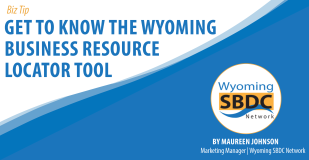There are many things you need to be aware of right away when launching a small business. One of those things you must know to be successful is the difference between the top five financial account subcategories. Having this knowledge will help you understand any reports pulled on the business and in turn, help you know what they mean to you as the owner of that business.
Many of the business owners I run across say that the biggest headache they have is bookkeeping, and most are new to these five subcategories so let’s break them down a bit:
- Revenue: Revenue is money coming into the business.
- Expenses: Expenses are transactions where money leaves the business.
- Assets: An asset is anything that has current or future economic value to a business.
- Liabilities: A liability is something that the business owes to someone else.
- Equity: Equity in accounting is the remaining value of an owner’s interest in a company after subtracting all liabilities from total assets.
Knowing the difference between revenues and expenses is pretty clear without much more background information and is critical for business functions, but knowing the difference between an asset and a liability is a little more complex and that knowledge can go a long way. The one that most people typically don’t know much about, or even where to find it, would be their equity in a business. Equity is the amount the owner or shareholders would get back if the business paid off all its debt and liquidated all its assets.
If you need more guidance on bookkeeping in general, these five subcategories, or just need assistance in getting your financial information under control, make an appointment with your Wyoming SBDC Network Advisor today. All of our advising staff has significant financial expertise and training resources available to share with you at any time.






